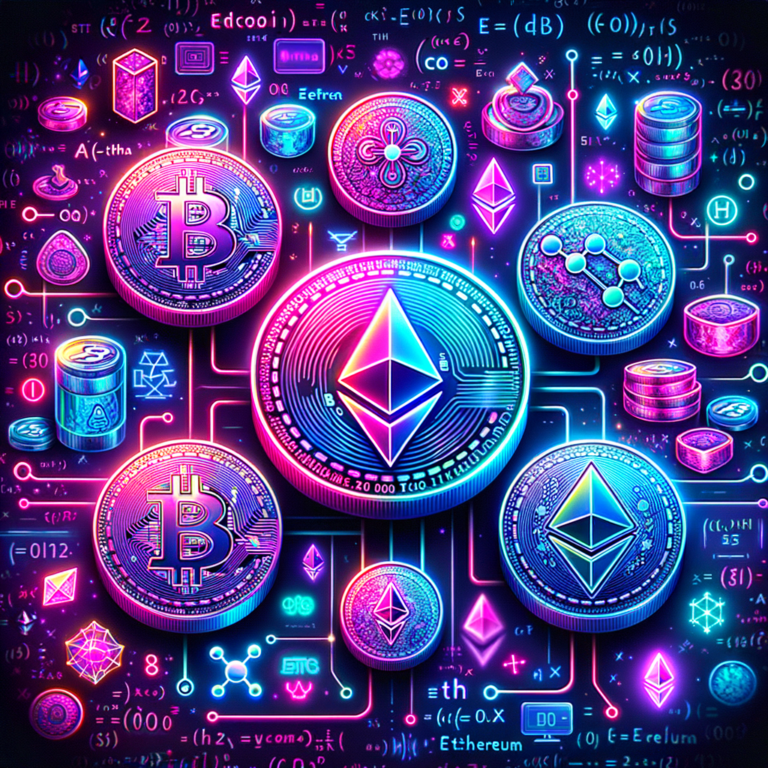Top NFT Development Tools: Enhance Your Project
Non-fungible tokens (NFTs) have revolutionized the digital art and collectibles market, creating new opportunities for artists, collectors, and developers. As the technology evolves, understanding and utilizing the right tools for NFT development is crucial for success. This article explores the essential tools and platforms required for creating, managing, and deploying NFTs. From selecting the appropriate blockchain to implementing security measures, we will guide you through enhancing your NFT project effectively.
Understanding the Basics of NFT Development
NFT development begins with a solid understanding of what NFTs are: unique digital assets verified using blockchain technology, which ensures authenticity and ownership. Unlike traditional cryptocurrencies, each NFT has distinct properties and cannot be exchanged on a one-to-one basis, which makes them perfect for representing unique items like artwork, collectibles, or real estate. To get started in NFT development, you must be familiar with blockchain concepts, smart contracts, and cryptographic tokens.
Developing NFTs requires knowledge of programming languages commonly used in the blockchain space, such as Solidity for Ethereum. Developers must also understand how to interact with blockchain networks through various tools and platforms that facilitate the creation, sale, and management of NFTs. Additionally, a grasp of the metadata standards and token standards like ERC-721 and ERC-1155 is essential, as these define the uniqueness and ownership of NFTs.
A strong conceptual foundation in these areas will help developers navigate the complexities of NFT creation and ensure that the digital assets they produce are secure, verifiable, and compliant with existing digital standards. This knowledge lays the groundwork for exploring specific development tools and blockchain platforms suited to NFT creation.
Choosing the Right Blockchain for Your NFT
The choice of blockchain is critical in NFT development as it affects scalability, security, and compatibility with various marketplaces and wallets. Ethereum is the most popular blockchain for NFT development due to its robust smart contract capabilities and widespread adoption. However, high transaction fees and network congestion can be limiting factors.
Alternative blockchains like Binance Smart Chain, Flow by Dapper Labs, and Tezos offer different advantages such as lower transaction costs, faster processing times, and energy efficiency, which can be crucial depending on the project’s needs. Each blockchain has a unique set of tools and infrastructure that supports NFT development, so choosing the right one requires understanding the specific requirements and goals of your NFT project.
Considerations should also include the blockchain’s community and ecosystem, as a larger community might provide more support and flexibility for developers. Additionally, some blockchains have specific focuses, such as Tezos, which has positioned itself as an environmentally friendly option, appealing to creators and buyers who are eco-conscious.
Essential Tools for NFT Creation and Minting
Creating and minting NFTs require specialized software tools that enable artists and developers to generate and upload their digital creations onto a blockchain. Tools like OpenSea’s minting tool or Mintbase provide user-friendly interfaces for artists who may not have extensive technical knowledge. These platforms allow users to upload files, add descriptions, and set the parameters for their NFTs, such as the total number of editions.
On the development side, frameworks such as Truffle and Hardhat offer environments tailored for developing and testing Ethereum-based projects. These tools support smart contract deployment and interaction, which is crucial for NFT minting. Furthermore, tools like Alchemy and Infura provide essential API services that facilitate the connection between your NFT application and the blockchain network.
For more advanced customization, developers might opt for lower-level libraries like Web3.js or Ethers.js, which allow for direct interaction with the Ethereum blockchain. These libraries are essential for building applications that require unique minting experiences or complex interactions with smart contracts.
Top Platforms for Hosting NFT Artworks
When it comes to hosting NFT artworks, platforms like IPFS (InterPlanetary File System) are critical as they ensure that digital assets do not rely on a single point of failure and remain accessible over the long term. IPFS allows for decentralized storage, making it an ideal solution for hosting the large files typically associated with high-quality digital art.


